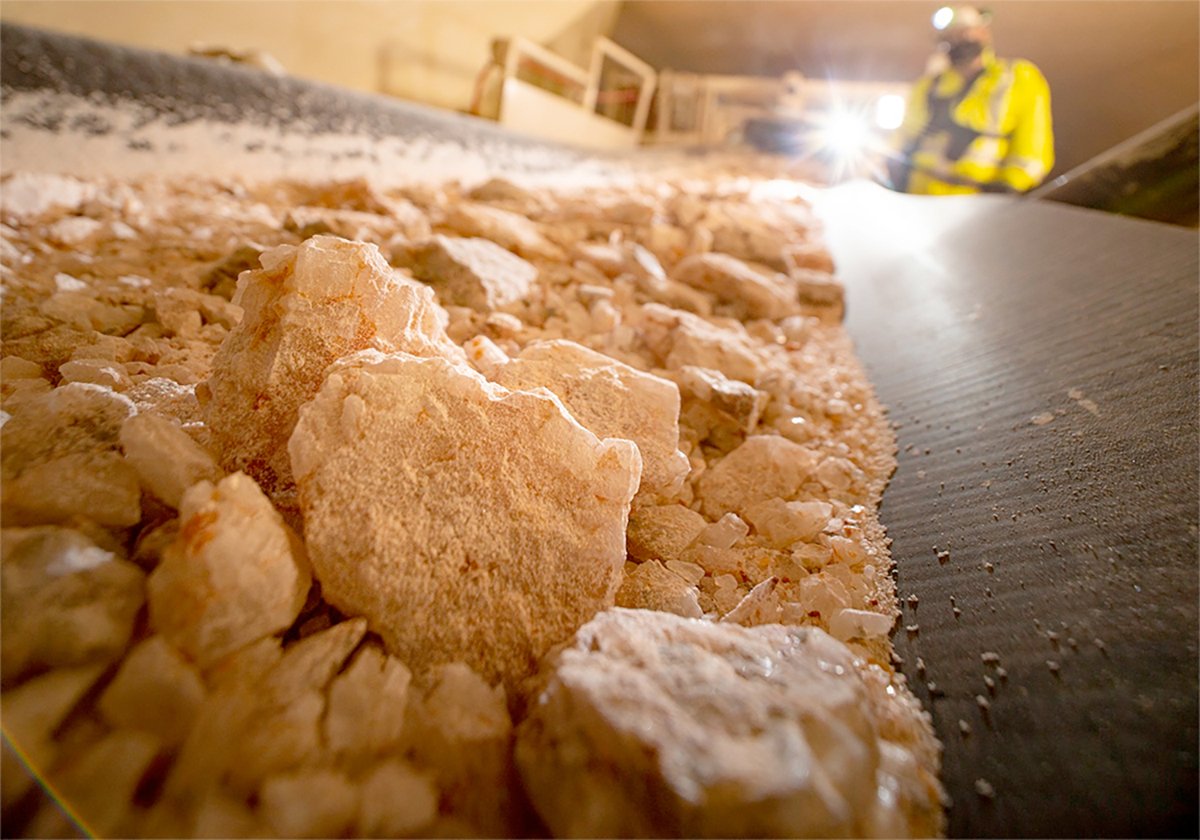People in other countries think Canadians are trustworthy, and that’s a good thing for those in the food industry.
But when asked to name Canadian food products, the same people think only of salmon, maple syrup and wheat, and that’s not so good for those who produce other items being marketed around the world.
Janice Vansickle, executive director of branding management in the federal agriculture department, said research found consumers know little about Canada, its food and the companies that market it.
Those tasked with building a brand for the country’s food and agriculture sector knew they had a challenge.
Read Also

Saskatchewan looks to expand trade in Indonesia
Saskatchewan intends to increase its agricultural partnership with Indonesia.
The idea of a country brand originated in the agricultural policy framework discussions several years ago. Vansickle said exporters were struggling against competitors that had much lower production costs.
“We can’t compete on price the way we used to,” she said, yet profit has to come in the export market.
At the same time, the United States was pushing country-of-origin labelling. Vansickle said a strong brand would help Canadian products in that type of market.
Extensive research involved asking consumers to compare their impressions of Canada, its people and its agriculture and food sector against several other countries.
“Canada came out as highly regarded,” Vansickle said. In fact, no other country scored as high in the area of trustworthiness.
Buyers had a high perception of Canadian companies even if they hadn’t done business with them.
“Canada is a country people want to do business with,” Vansickle said. “We have a reputation, so how do we leverage that for the sector, especially on the value-added side?”
The brand was developed to present a cohesive look for Canadian products. A stylized red maple leaf with Canada printed below and a red ribbon indicates a standard for excellence, she said.
Companies must sign use agreements to have access to the graphics but there is no cost.
Vansickle said there are already 70 agreements in place.
Through the APF, about $1 million was allocated to develop the brand over two or three years. Research took the largest amount of that.
Vansickle would like to do more research as the new generation of agriculture policy is developed. For example, branding could play a role in the domestic market in order to compete with imported products.
Six provinces have already signed on to use the brand. Vansickle said Saskatchewan indicated earlier this month it would participate and British Columbia could be on board by the end of the month.















